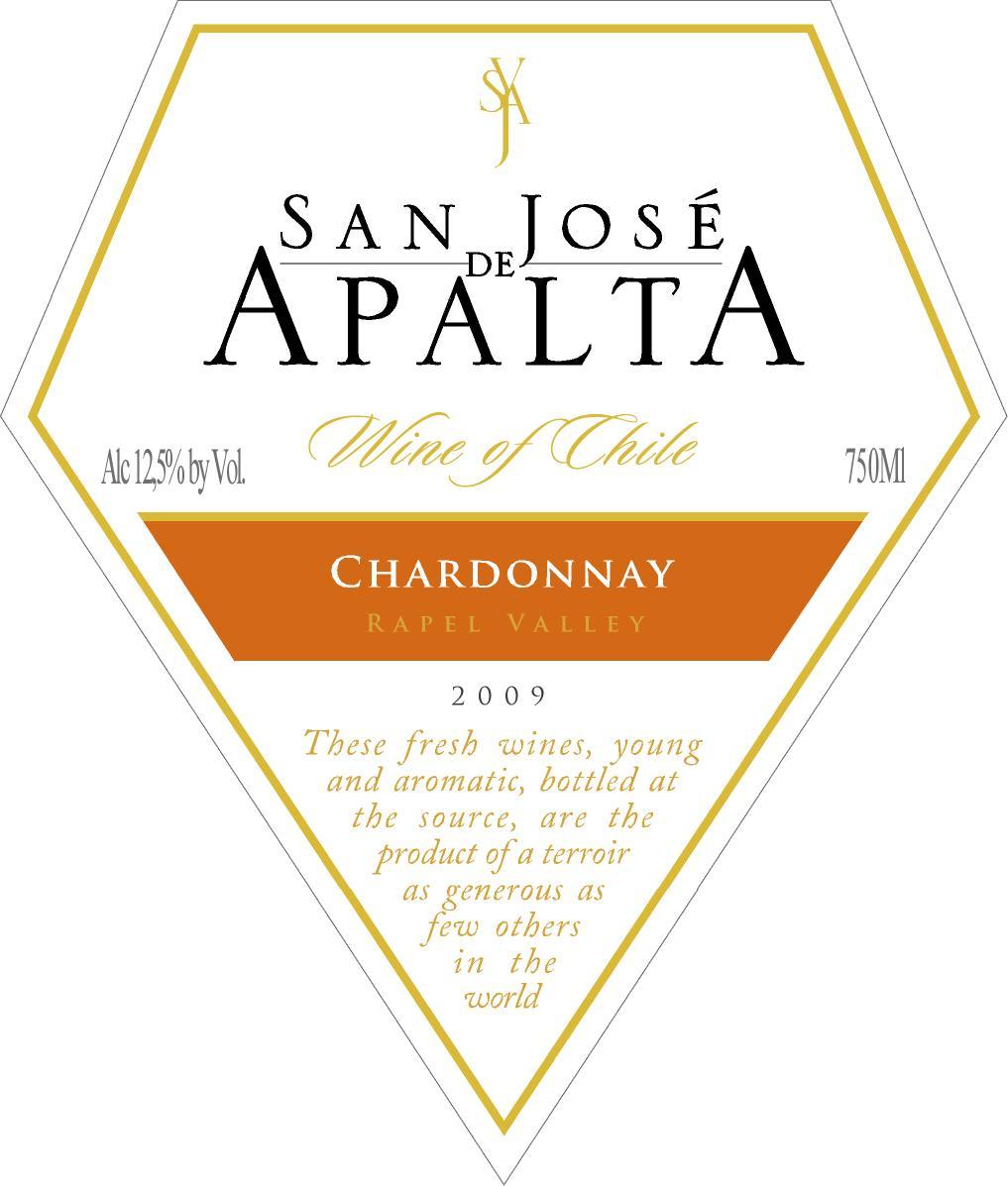2009 Rapel Valley Chardonnay
The San Jose De Apalta San José Apalta Chardonnay is a beautifully crafted white wine that showcases the essence of the Rapel Valley. This 2009 vintage offers a medium-bodied profile, seamlessly balanced with a bright acidity that enlivens the palate. The fruit intensity is prominent, bursting with flavors of ripe apples and citrus, complemented by subtle hints of vanilla and toasted oak from careful aging. The wine is dry, making it a delightful accompaniment to a variety of dishes. This Chardonnay not only captures the terroir of its region but also reflects a sophistication that appeals to both casual wine drinkers and connoisseurs alike.
The San Jose De Apalta San José Apalta Chardonnay is a beautifully crafted white wine that showcases the essence of the Rapel Valley. This 2009 vintage offers a medium-bodied profile, seamlessly balanced with a bright acidity that enlivens the palate. The fruit intensity is prominent, bursting with flavors of ripe apples and citrus, complemented by subtle hints of vanilla and toasted oak from careful aging. The wine is dry, making it a delightful accompaniment to a variety of dishes. This Chardonnay not only captures the terroir of its region but also reflects a sophistication that appeals to both casual wine drinkers and connoisseurs alike.




